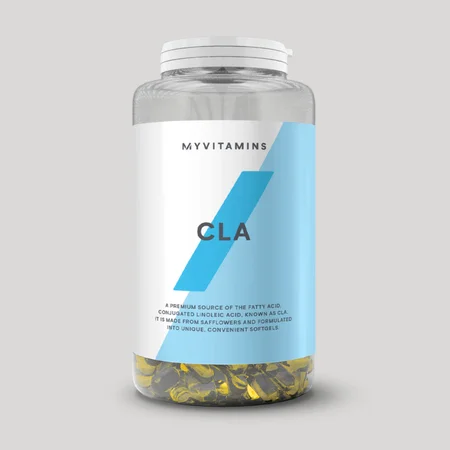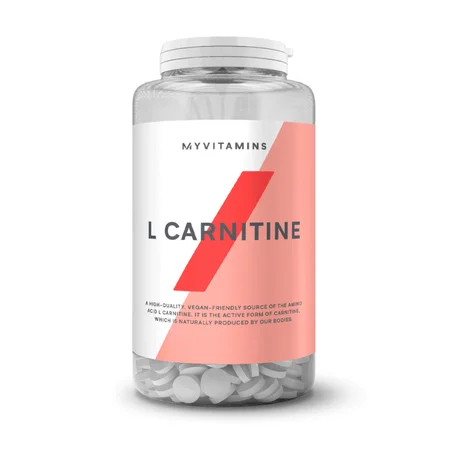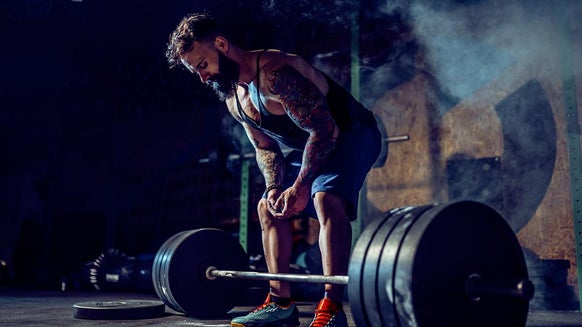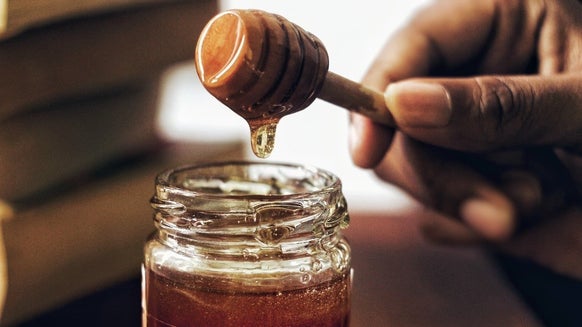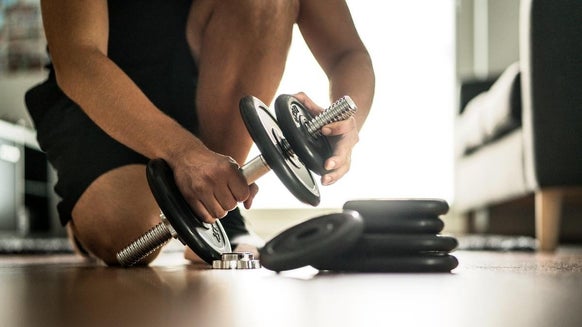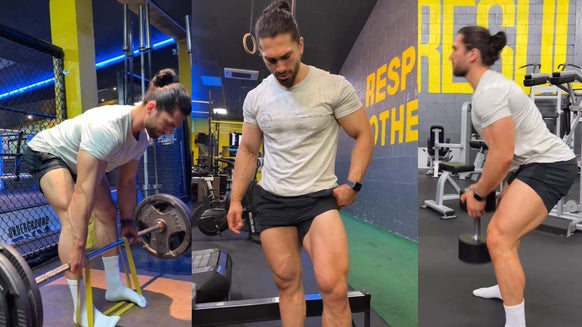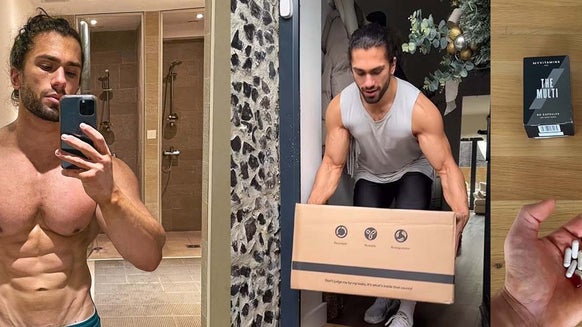How To Use A Lacrosse Ball For Self-Myofascial Release | Shoulders and Chest
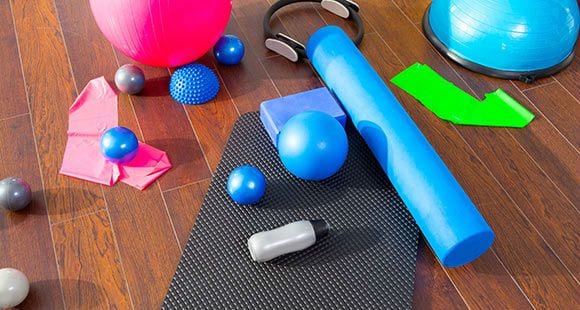
SMR has been know to help improve mobility in the muscle and surrounding muscles, but what you may not know is that it also leads to greater muscle growth. By breaking down these muscle knots and scar tissue buildup, the muscle receives more nutrients and thus incurs greater growth. Breaking down these muscle adhesions will not only lead to muscle gains, but also lead to longevity in the weight room that will enable you to keep coming back for more while free of pain and injury.
SMR for Chest
Although a lot of shoulder pain is it’s own topic, a lot of it stems from the lack of mobility in the chest as well as incorrect movements. A lot of gym-goers are a lot stronger with their pushing movements (i.e. bench press), but lack strength in their lower to mid back to keep the posture pulled back and tight. The first thing to do to fix such a problem is to release the overactive muscles that are tight from the poor posture. The chest gets incredibly tight and knotty when the shoulders are rotated forward and in a poor position. Follow these few release techniques to get some new blood into new areas and free up that chest to improve lifting technique and ease pain.
Pec Major and Pec Minor
- To release the muscle that could be causing a forward rotation of the shoulders, first work the pec major
- Place lacrosse ball underneath the outer, muscular part of the chest and begin to roll in 45 degree angle from the midsection up to the shoulder- keeping the ball on the chest the entire time
- Once pressure is relieved, focus on pec minor by leaning against the wall with lacrosse ball on your chest that’s even with arm when perpendicular to your torso
- Slowly work in a smaller range of motion and in the same 45 degree angled motion to fully target the pec minor that sits underneath the pec major
Subscapularis
- To effectively release this sticky, stubborn bunch of trigger points, lay on the ground and place lacrosse ball right under the clavicle
- Move the neck away from the point of contact and roll the lacrosse ball just below the collar bone, stopping when finding hot spots
SMR for Shoulders
Ah, the shoulders. So many of us experience shoulder pain when heading to the gym that most of us feel its just part of the game. Not true! Keeping your posture in check first and foremost is the best insurance to keeping healthy shoulders. If you are experiencing some issues, these release techniques with the lacrosse ball will help alleviate shoulder pain and also help build a greater range of motion. The greater the range of motion, the more opportunity the muscle has to contract and relax and thus, building a bigger, more sound muscle.
Levator Scapulae
- Most important thing to release is the levator scapulae or right around you first rib
- Do this by placing lacrosse ball about 2-4 inches over the clavicle and you’ll find a spot that’s incredibly sensitive (review some anatomy to ensure you’re not hitting a major vein or artery)
- Then, lean up against the corner of a wall and begin rolling little circles on this spot
- Try to move the arm overhead as well to help with setting the first rib into the correct position
Deltoids
- To work all three areas of the deltoids, start standing with lacrosse ball up against the side of the wall with the ball placed on the anterior head
- Roll in a small circular motion and stop when finding sore spots- spend more time here and breathe through them until pain subsides
- Repeat for the lateral and rear heads as well
Rotator Cuff Muscles
- Start off with the infraspinatus which is located on the outermost part of your shoulder blade
- Have same side’s arm come across the body and roll in small, choppy patterns- this one will more than likely be incredibly sore on most
- Next, find the superspinatus muscle which lies just over the top part of your scapula ridge
- Work this by rolling slowly side to side to improve the length
- Then find the teres minor which is located just below the infraspinatus and roll the lacrosse ball in same motion as you did for the infraspinatus
- Finally, find the subscapularis which is located on the anterior side of your scapula
- Do this by lying on the ground with the lacrosse ball and having it stuck in the lower part of your armpit
- Lower your arm to make your lats relax and this will enable you to find some really hot spots here
- This one may be difficult to perform with the lacrosse ball so don’t hesitate to try and just use your fingers or thumb
Take-Home Message
If you want to keep your body performing at a top level for years to come, invest your time and a few bucks in ensuring that your body is performing correctly. Release pain at the source and don’t just try to put a bandage over more serious issues. See a physician or a good sports chiropractor to ensure your movements are being done correctly and safely and you’ll be able to be fit for years to come!

